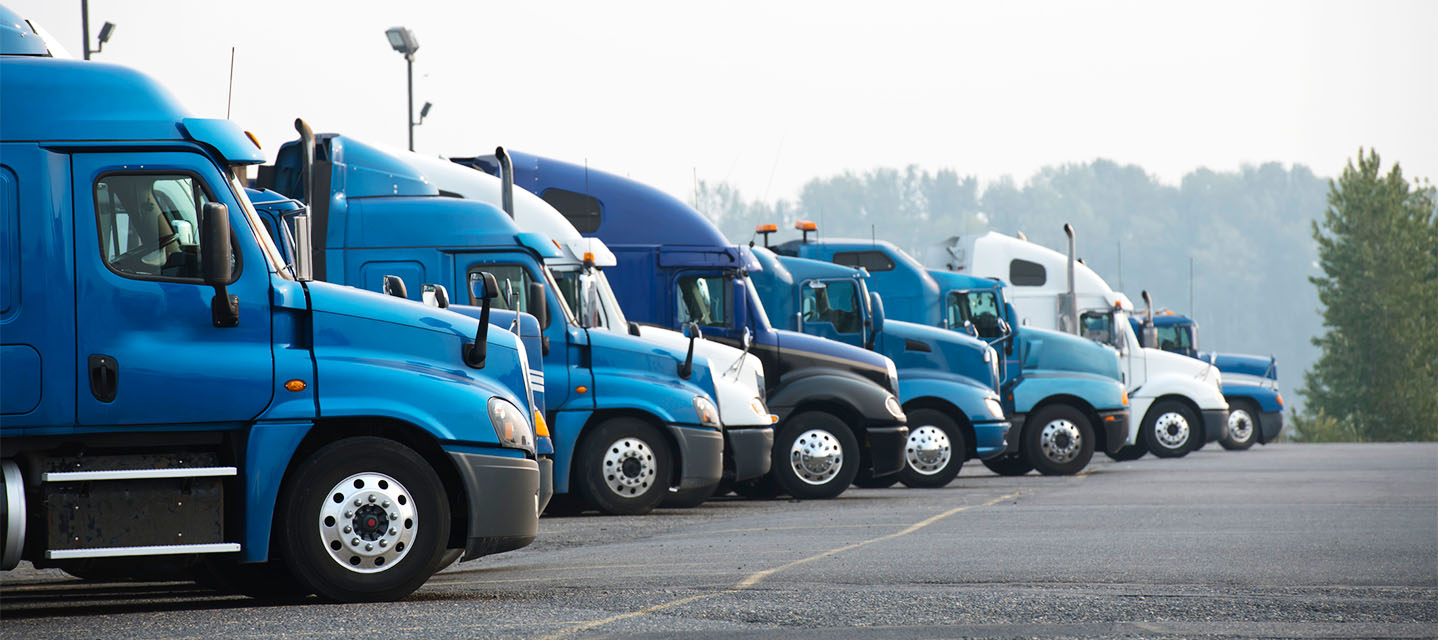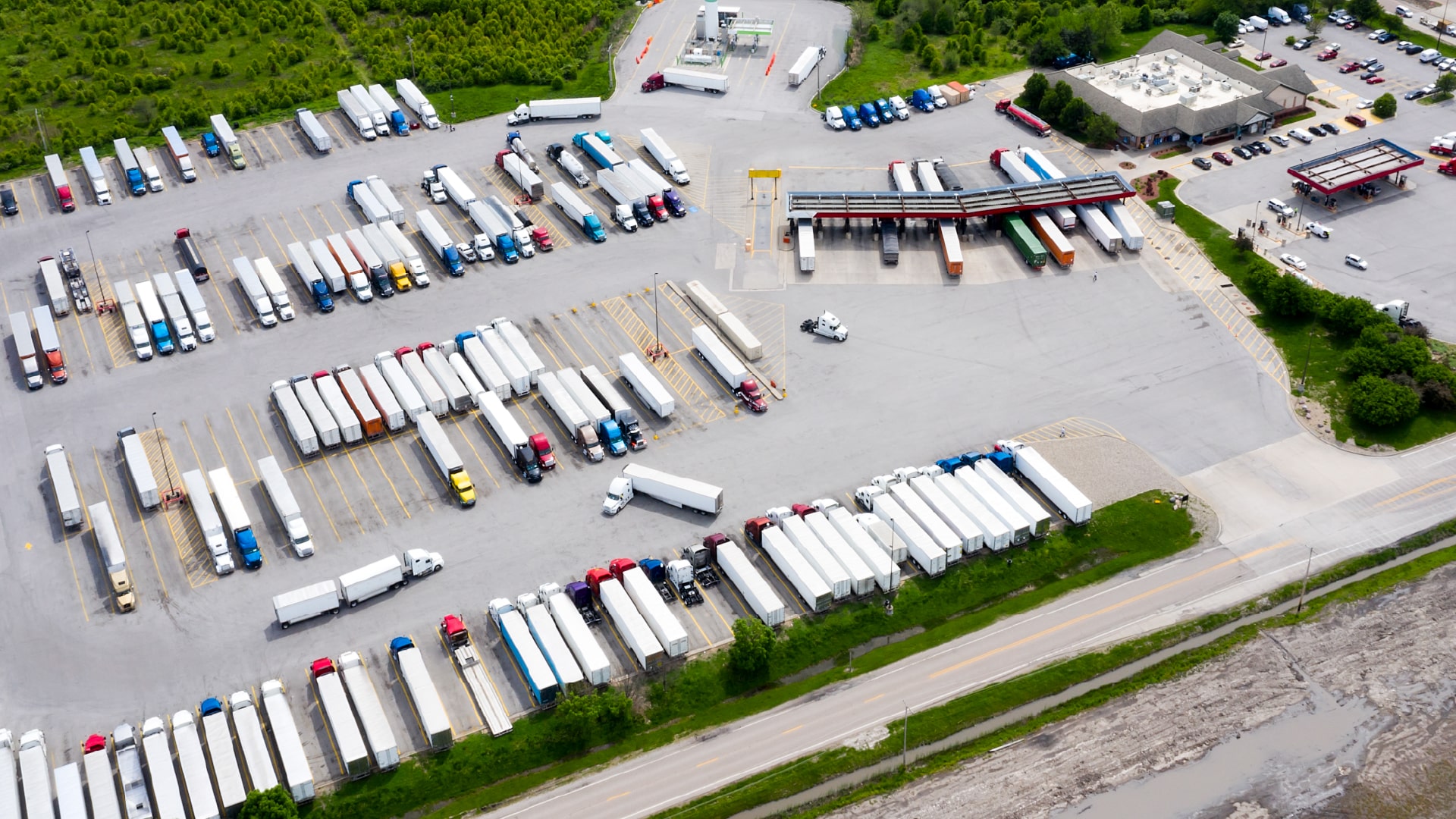What is a connected car?
Connected cars have opened up a world of possibilities for enhancing vehicle performance.

The most game-changing smart device in recent years isn’t a phone or a watch … it’s your car. All over the world, businesses, governments and individuals are equipping their vehicles with internet connection, while the top auto manufacturers are embedding telematics devices in their newest models.
See also: Are connected car regulations up to date?
What does “connected car” mean?
A connected car is a vehicle that is equipped with mobile technology, and therefore “connected” via the internet.
Telematics is also used to connect cars, by means of a small device that plugs into the vehicle, or through embedded technology. The telematics device acts as an Internet of Things (IoT) hub in fleet management. It sends vehicle data to a cloud service, where it can be processed and accessed by the vehicle owner or fleet manager.
See also: Top challenges for government motorpools and how to solve them with Geotab Keyless
Types of connectivity in cars
Connected car capabilities can be grouped into several categories:
- Telematics: tracking vehicle location and activity, driver behavior, engine diagnostics. Organizations can gain visibility over a large fleet’s performance from a single online platform.
- Vehicle-to-everything (V2X): interacting with any object in the vehicle’s vicinity. This communication could be vehicle-to-vehicle (V2V), vehicle-to-pedestrian (V2P), vehicle-to-network (V2N), or vehicle-to-infrastructure (V2I).
- In-vehicle infotainment: interacting with vehicle occupants. This includes audio and video entertainment as well as navigation systems.
What’s the difference between connected cars and autonomous vehicles?
A connected car refers to internet connectivity, while an autonomous vehicle controls its own movement, without driver intervention. A fully automated vehicle or self-driving vehicle with artificial intelligence (AI) needs no driver input in order to navigate to its destination (which McKinsey refers to as “virtual chauffeur”).
Highly automated vehicles still need years of testing before they can become widely available for public use. Today, however, many drivers can benefit from connectivity and basic automation for support with maneuvers like parallel parking or adaptive cruise control.
5G will speed up connected car benefits
The introduction of 5G — the fifth generation of wireless technology — promises to improve the speed and reliability of mobile internet connection. At its peak, 5G operates 100 times faster than 4G and has extremely low latency. This means 5G devices can download and send vast amounts of data in a fraction of the time it would take using 4G.
5G is expected to grow the market for the ever-increasing number of tools, whether smartphones or thermostats, that rely on stable internet connection. One such tool, a connected car, generates millions of data points each day, which can be transferred faster than ever using 5G. Real-time tracking will become even more accurate, improving solutions like Advanced Driver Assistance Systems which help drivers avoid collision hazards.
OEM telematics
A trend is emerging among leading vehicle manufacturers — or Original Equipment Manufacturers (OEMs) — to embed telematics devices directly into new vehicle models. Embedded devices are capable of processing OEM-specific vehicle information and telematics data once the consumer has given consent to the manufacturer. This data can then be integrated with an online fleet management platform that standardizes the user experience, enabling owners of fleets with a variety of vehicle and connectivity types to see all vehicle information in one place.
See also: Introducing the Geotab OEM data platform
Connected vehicle technology and applications
Once vehicles are connected, rich GPS and on-board diagnostics (OBD) data can be processed and presented on an online fleet management platform. Fleet managers can use this information to make critical business decisions, measure the effectiveness of those decisions and benchmark performance against similar fleets.
Here are a few ways fleets can benefit from connected vehicle technology:
- Productivity: Track factors that influence fleet productivity, such as idling time, driving time, customer visits or ignition locations.
- Safety: Detect risky driving behavior such as harsh braking, speeding or sharp cornering. Set up driver coaching and advanced driver assistance, or install dash-cam solutions to gain visibility into on-road activity.
- Maintenance: Access vehicle health data. Use a connected fleet management platform to set up predictive maintenance to minimize the risk of unexpected, and potentially dangerous, vehicle failure.
- Sustainability: Get precise data on fuel usage and inefficient activities like idling. Fleets made up of EVs, or a mix of EVs and conventional vehicles, can monitor charge levels, range and battery degradation.
How connected vehicle technology is changing the fleet industry
Today’s asset tracking capabilities go far beyond providing location information. Connected fleet managers can easily view and monitor variables like driver behavior, fuel usage, harsh events and engine health. This information can be used to construct comprehensive plans for improving fleet safety, productivity, sustainability and more.
Subscribe to get industry tips and insights
The Geotab Team write about company news.
Table of Contents
Subscribe to get industry tips and insights
Related posts

The impact of unproductive idling on police vehicle service life
June 10, 2025
3 minute read

Multi-stop route planners: A fleet manager's guide + best tools in 2025
June 5, 2025
5 minute read

Commercial truck insurance cost: Rates by state + how to save
June 5, 2025
5 minute read

The ROI of telematics for truck lessors: Turn data into profit
May 27, 2025
3 minute read

